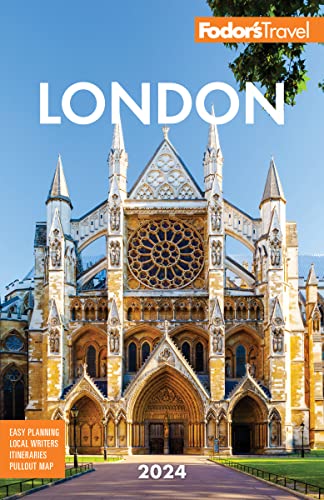London's Royal Legacy
The Rocky Monarchy
From medieval castles and keeps, to Royal Parks, palaces, pageants, ceremonies, and processions, London has had a tumultuous and sometimes bloody royal history, which can still be encountered at practically every turn. London has been the royal capital of England since 1066, when the Norman king William the Conqueror began the tradition of royal coronations at Westminster Abbey. All but two reigning monarchs since then—from Richard I (the "Coeur de Lion") in 1189 to the current Queen Elizabeth II in 1953—have been crowned at the Abbey. Many of England's illustrious—and sometimes downright notorious—kings and queens have left a legacy or their majestic mark on the city. You'll find many of the finest places have royal associations: William I subjugated London with the imposing Tower of London; Henry VIII hunted deer at Hampton Court; Elizabeth I enjoyed bear baiting in Southwark; and Charles I was publicly executed on Whitehall. Tyrannical but weak monarchs like King John (1199–1216) granted the City of London extra power under the Magna Carta, while the first "Parliament" sat at the royal Palace of Westminster in 1265 under Henry III. The late medieval Tudors, however, rarely brooked dissent: Elizabeth I's half-sister, "Bloody" Mary I (1553–58), burned heretic Protestant bishops at the stake, and traitors were hung, drawn, and quartered, with their heads stuck on pikes on London Bridge.
A Cultural Renaissance
From 1558 to 1601, peace under Elizabeth I ("the Virgin Queen") led to a cultural renaissance and the great flowering of English theater, poetry, letters, music, and drama, centered on Shakespeare's Globe and the open-air playhouses of Southwark. Charles I was later captured by the formidable Puritan Oliver Cromwell during the English Civil War and beheaded on a freezing day outside Banqueting House in Westminster in 1649. Although the Interregnum lasted only 16 years (outlawing simple pleasures, such as dancing and theater), the Restoration of Charles II in 1660 and subsequent monarchs saw London grow and transform into a teeming metropolis. These monarchs included the Dutch Protestant William III and Mary II—who moved into Kensington Palace, now the current home of the Duke and Duchess of Cambridge—and the House of Hanover's four Georgian kings and later Queen Victoria.
The Modern Royals
These days you might spot the Duke and Duchess of Cambridge (Prince William and Kate Middleton) walking in Kensington Gardens with their three young children. Besides the color, pageantry, and marching bands of the Changing of the Guard ceremony at Buckingham Palace, there's also a rich calendar of royal ceremonies. The Ceremony of the Keys to lock up the Tower of London has taken place at 9:53 pm each night for more than 700 years (bar the odd bombing during the Blitz), and you can see the Monarch take the Royal Salute from the Household Division at the annual Trooping the Colour march from Horse Guards Parade to St. James's Park. The Queen is also drawn by four horses in the dazzling Irish State Coach from Buckingham Palace to the Palace of Westminster in a huge royal procession for the State Opening of Parliament each autumn, and you can see her pay homage to the war dead at the Cenotaph on Remembrance Sunday.




